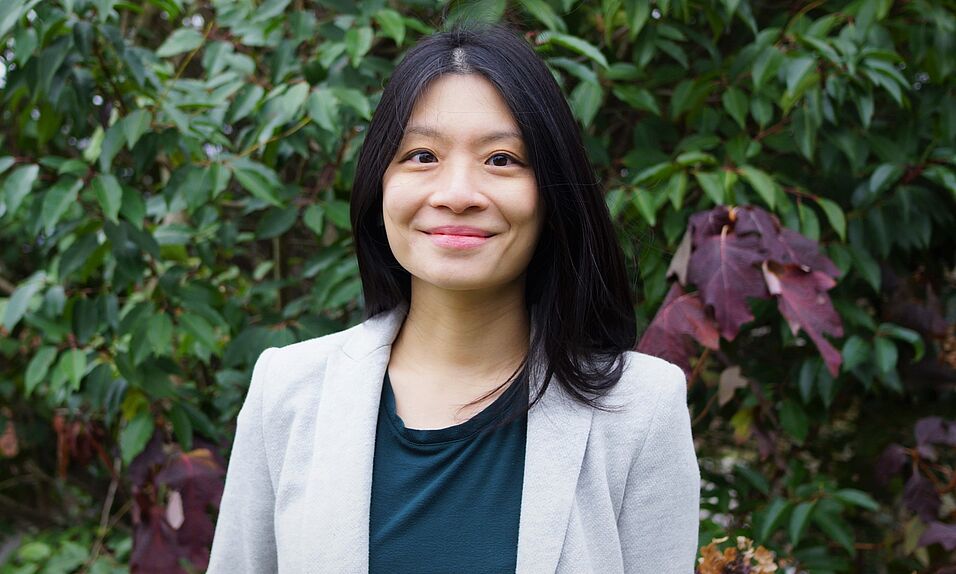"Chemistry at Interfaces – MOF materials and beyond"
Assistant Professor Jia Min Chin, Institute of Physical Chemistry, University of Vienna
This talk addresses some of my group’s research highlights on MOFs and other functional materials, whereby we take a curiosity-driven approach to structure and derive novel applications for MOF materials, dry liquids and polymer films. I will discuss coordination modulation of MOFs to tune crystal morphology to produce micro and nanoparticles as well as strategies to produce MOF grass, microflower and micro-mushroom structures for imparting omniphobicity to a surface. I will also explore ways to dynamically control MOF orientation within their composites, and to create non-close-packed pore arrays in polymer films in a one-step manner. Fabrication of complex microstructures for surface functionalization often requires lithographic techniques and specialized equipment. By exploiting physicochemical interactions at air/liquid/solid interfaces, in combination with simple processing methods and bench-top techniques, we can create typically difficult-to-access microstructures, and show the importance of chemistry at interfaces to a wide variety of materials.
"Engineering Hypercrosslinked Polymers for Applications in Separation and Catalysis"
Assistant Professor Robert Woodward, Institute of Materials Chemistry and Research, University of Vienna
Porous organic polymers are at the forefront of many research efforts owing to their broad chemistries and excellent textural properties. One promising family of such materials is hypercrosslinked polymers (HCPs), typically prepared by the crosslinking of aromatic compounds using simple Friedel–Crafts chemistry. Unlike many leading porous materials, these networks do not contain nor require rare-earth metals, presenting significant sustainability and cost benefits.
In this talk, I will describe some of our previous and ongoing work in both the design of new and innovative routes to HCPs, as well as their application in the areas of selective aromatic adsorption, gas sorption and separation, and catalysis. In HCP production, we are investigating routes to polymerisation catalyst recovery and recycling, as currently stochiometric amounts of non-recoverable catalyst are required in their synthesis. In their utilisation, we recently reported the first examples of HCPs as the sole active material in the selective photocatalytic reduction of CO2 to CO, as well as demonstrating their effectiveness in selective liquid-phase extractions. Given the versatility of HCP synthesis, an unfathomable number of design iterations are possible, presenting a huge opportunity to use HCPs as a platform for robust designable organic adsorbents.
Join us via ZOOM: https://univienna.zoom.us/j/92576672420?pwd=ZkIvMm1RbUM0aUtGV3VQemRFZXlnUT09
Meeting-ID: 925 7667 2420
Code: 891211
Via SIP: 92576672420@zoomcrc.com



